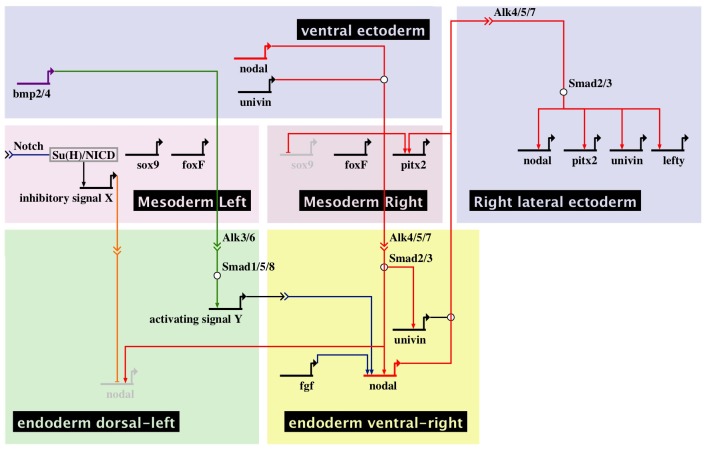Figure 10. Multiple signals cooperate to establish a left-right endodermal organizer in the sea urchin embryo.
Biotapestry diagram describing the gene regulatory interactions identified in this study that specify the left-right endodermal organizer. During gastrulation, Nodal and Univin signals produced by the ventral ectoderm induce nodal and univin expression on the right side of the endoderm territory while non-skeletogenic mesodermal cells specified by Delta/Notch signaling send a putative inhibitory signal (signal X) that represses nodal expression on the left side of the adjacent endodermal territory. At gastrula stage, BMP signals emanating from the ventral ectoderm that expresses bmp2/4 are received on the dorsal sector of the archenteron where they induce an unknown signal (signal Y) that cooperates with FGF signaling to induce nodal expression on the ventral-right side of the endoderm territory. Cell interactions between the left-right organizer located in the ventral-right sector and the dorsal endoderm further pattern this region causing BMP signaling to be restricted to the left portion of archenteron. Note that production of signal X may involve several steps and that the origin of the FGF signal is not known. Nodal and Univin signals emanating from the ventral-right endodermal region in turn promote nodal, univin and pitx2 expression on the right side of the ciliary band ectoderm and prevent rudiment formation on the right side in part by repressing the expression of genes encoding germ line specific factors such as Sox9 [10].

